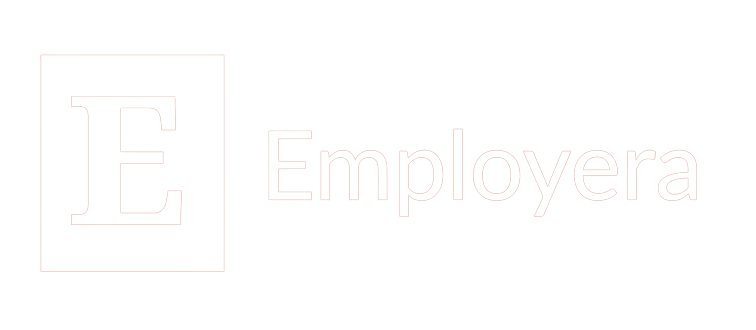Diversity, equity and inclusion (DEI) communications is part of employer brand
By Kim Clark, Employera
The following is an excerpt from Employera DEI Communications Consultant Kim Clark’s co-authored book called, “The Conscious Communicator: The fine art of not saying stupid sh*t.” Available now at your favorite bookstore or Amazon.
Harvard Business Review published an article called “Survey: What Diversity and Inclusion Policies Do Employees Actually Want?” based on research conducted by Boston Consulting Group, which included 16,000 employees from companies in 14 countries. A total of 96-98% of companies with 1,000 or more employees that have DEI programs reported that 75% of underrepresented groups do not feel any personal benefit.
What this tells us is that most companies don’t know why they are doing DEI, at least not beyond a compliance mandate. The discussions and decisions around what DEI work means, what to prioritize, fund, resource, and measure often do not include those who will benefit most from the work. This is why most DEI efforts fail. But for communicators, such failure can be an opportunity.
We are very good at cutting through the BS and shining the light in dark places. That's what we do as communicators. One of the tools we have in our belts is to do what Simon Sinek says and simply ask, “why?”
Stakeholder: “We're saying this.”
DEI communicator: “Okay, well, why?”
Stakeholder: “Because of this.”
DEI communicator: “Okay. Why?”
Stakeholder: “So we can avoid this risk.”
DEI communicator: “Okay. Why do we need to avoid that risk? Why can’t we deal with it according to our values and aligned with our mission?”
DEI work is not about impressive graphics and videos. It is about making a significant difference in the individual employee’s experience and making their day-to-day work life better, safer, and more fulfilling.
No matter how much money organizations spend on splashy photography and external DEI branding, if it’s not authentic to the organization and meaningful to the marginalized, then the work becomes a series of one-offs lacking strategy and likely to cause more harm than good.
Too often we are at cross purposes with what we say we want because we don’t ground our work in the why. Why are we integrating DEI into communications? Not sure? Start with what we believe. We must move beyond “it’s the right thing to do,” to help organizations speak up on issues happening counter to company values. It’s important to employees and customers.
When it comes down to a choice between making payroll or philanthropy, companies, understandably ––choose payroll. And that’s exactly what we want them to do when payroll means our paycheck. But that’s why DEI should never be positioned as philanthropy. There is no universal, enduring standard for what’s right, so there’s no consistent, sustainable way to anchor business or communications decisions in “the right thing to do.” DEI must be communicated as a smart business practice because that's the only way DEI gets embedded in the business, and thus, society.
DEI communications must align the organization’s business goals with its business vision, which creates the framework for systems to embed DEI in the actual work of an organization. Simon Sinek puts it succinctly: “The goal is to do business with people [and hire and retain employees] who believe what you believe. If you talk about what you believe, you will attract those who believe what you believe. What you do simply serves as the proof of what you believe.”
We have company values to grab and integrate. We have everything we need to answer the questions. We just need to ask them and go through the work to answer them authentically.
The book introduces The DEPTH Model™, a framework to put your organization in a position of strength when communicating DEI and social justice messaging.
©The Conscious Communicator, LLC. Reprinted with permission.
Want to bounce off ideas on how to make progress on DEI? Interested in talking about the future of employer branding, employee experience or talent communications? Get in touch at hello@employera.com.
Kim Clark is a senior consultant specializing in DEI Communications at Employera, a consulting firm and agency that helps large employers attract, inspire and retain great talent through employer branding, experience design, DEI, recruitment marketing and internal communications.
About Employera
The Employera team is made up of experienced consultants, analysts, strategists and creators who build modern employer brands, design compelling experiences, and deliver strong, clear communications to help companies, employees and cultures thrive. Our assessments, collaborative processes and project management frameworks are designed for large company environments, and each member of our team has managed what we do as senior players at large, well-known employers. We’re here to help you succeed, and we love our work.
